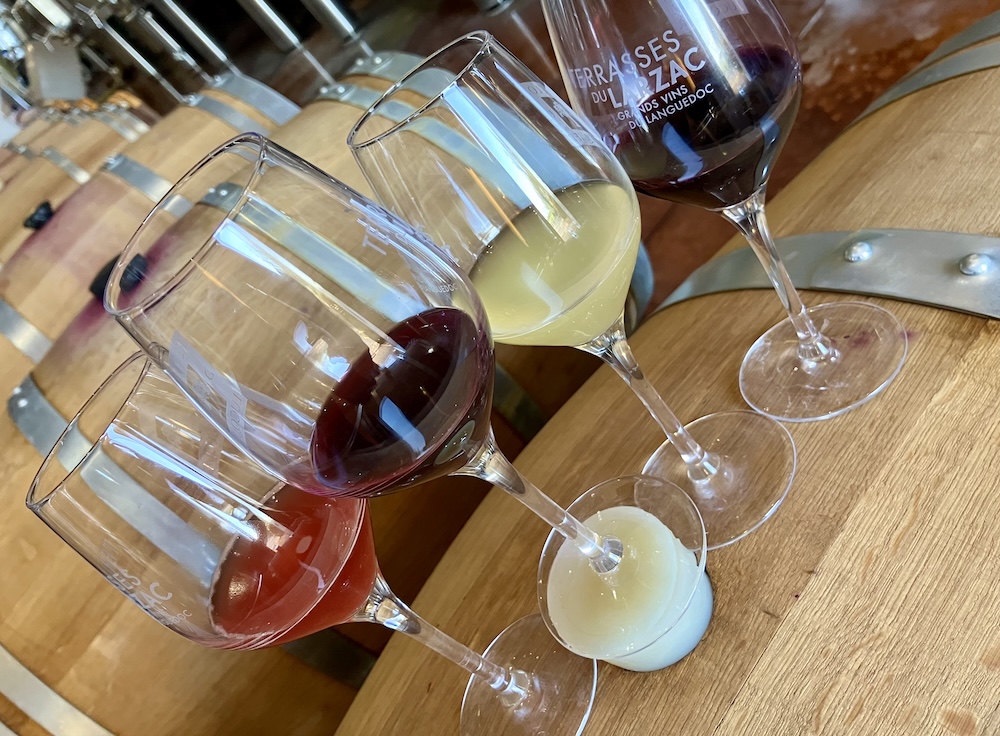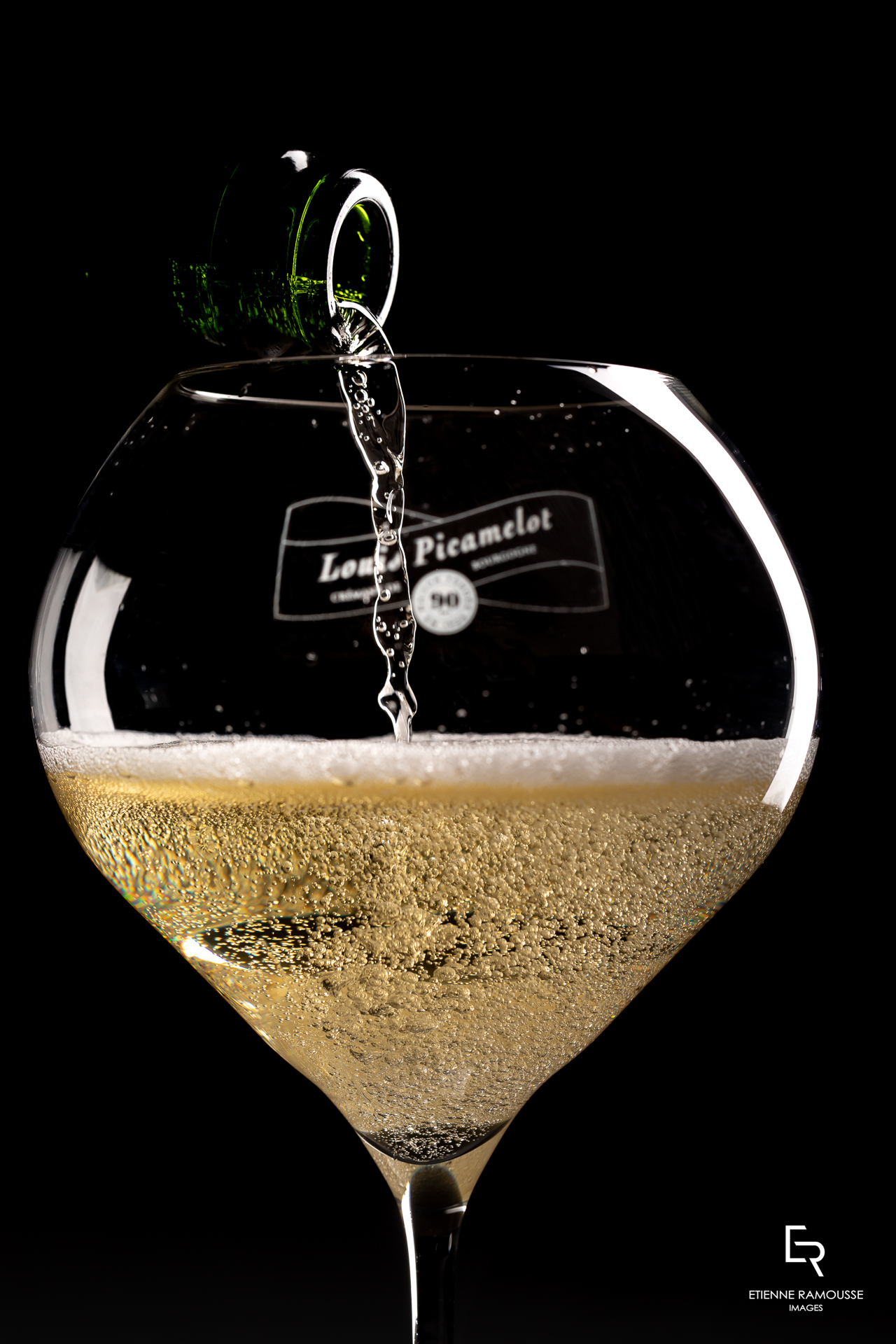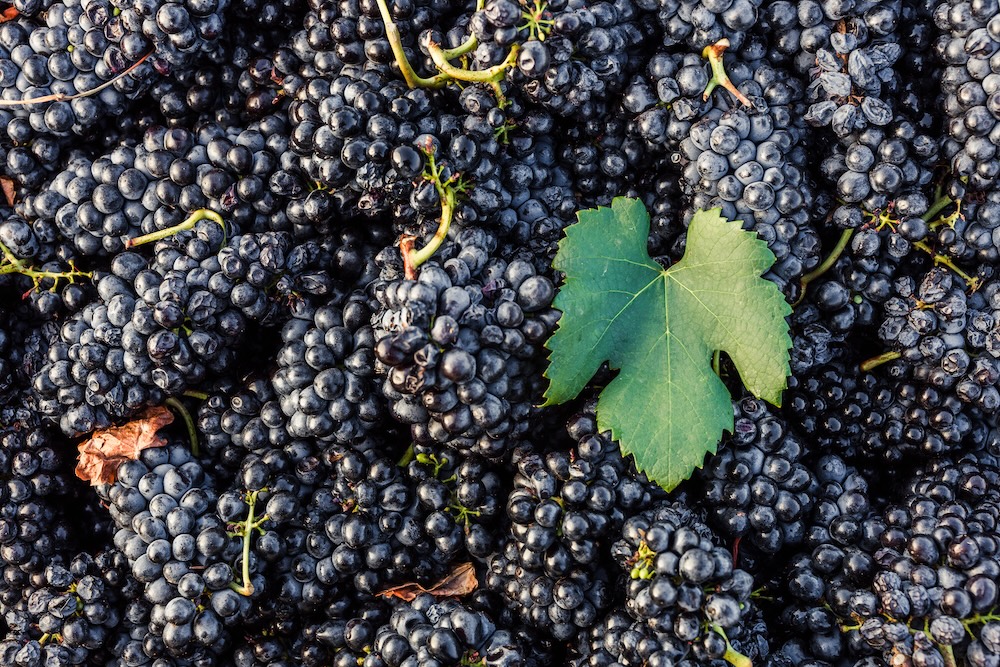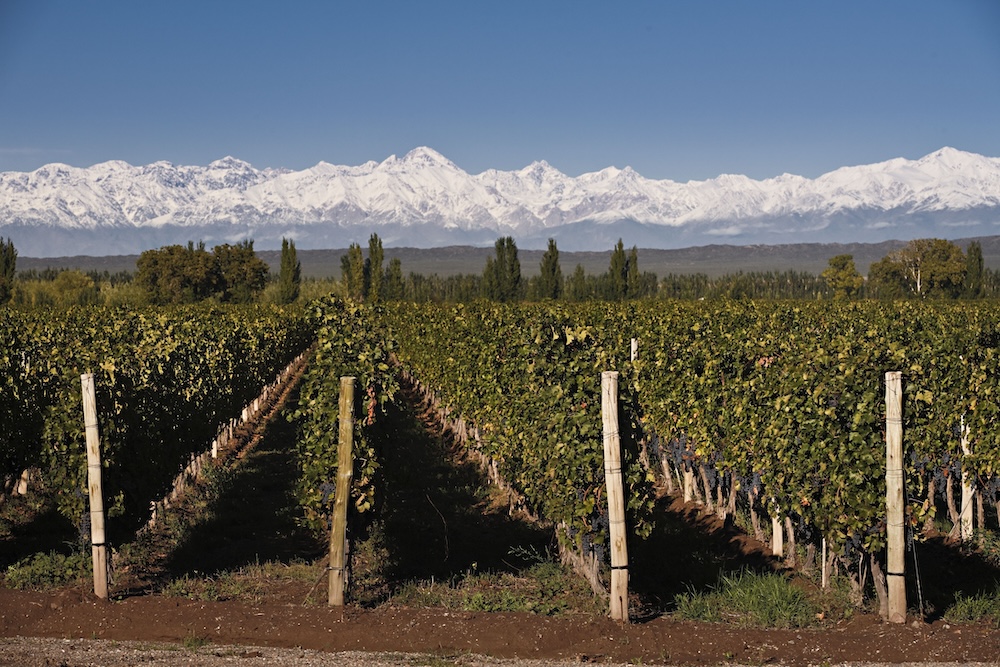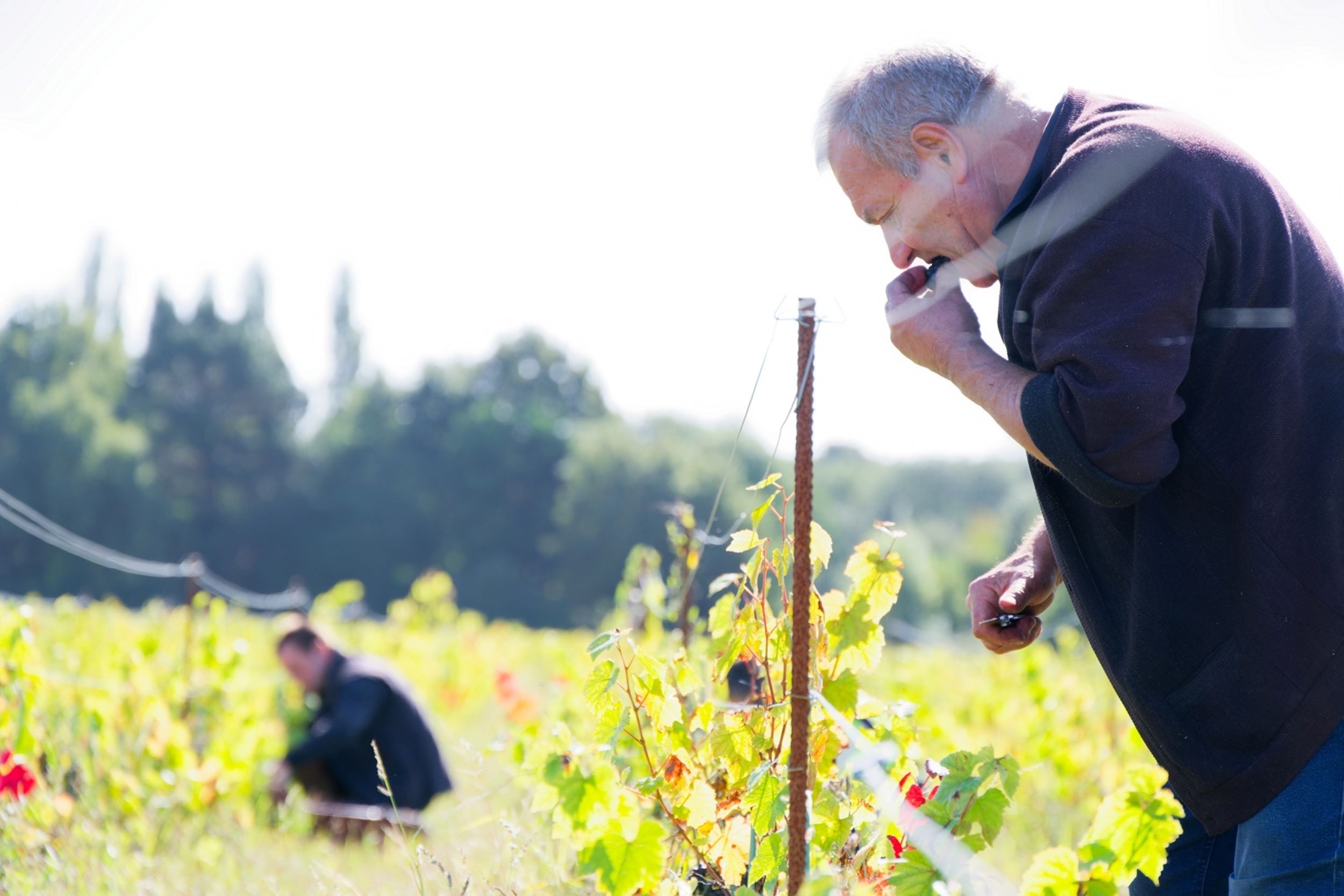
Discovery
16 Sep 2025
Small harvest, big issues: Muscadet and the challenging 2024 vintage
After a 2024 vintage marred by challenging weather conditions – causing mildew and aborted flowering – yields in Muscadet reached an all-time low. But could this relative dearth of wines help the Loire white wine region along its journey upmarket? We went to a region that has been shaken but remains determined to investigate.
